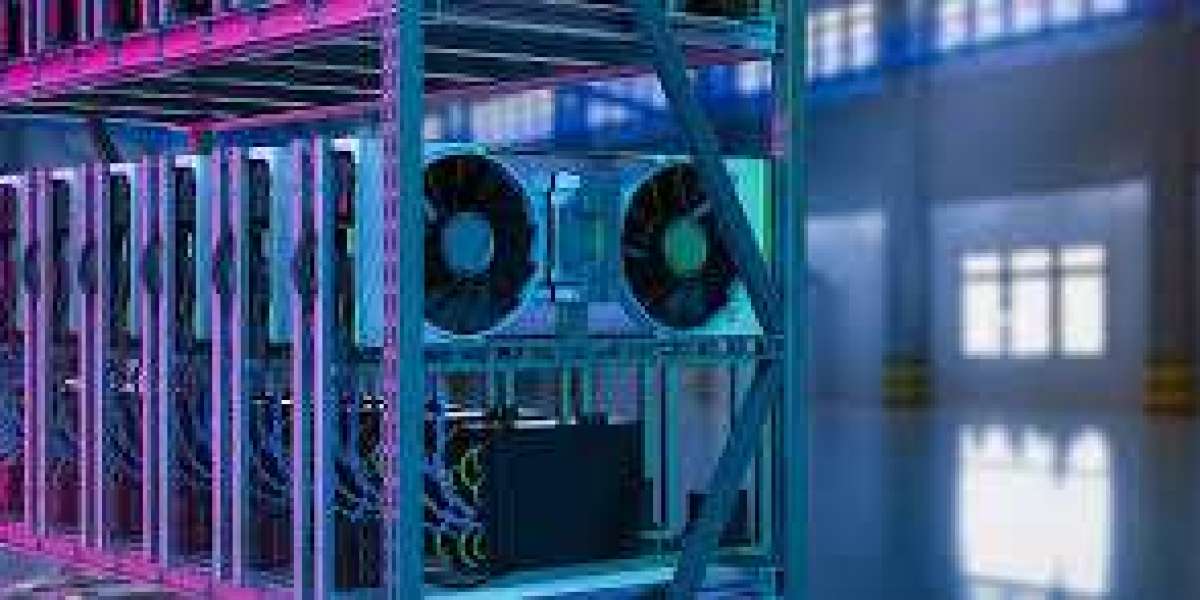As computing needs become more complex, many organizations are turning to a GPU dedicated server to meet increasing demands for speed, scalability, and performance. Unlike traditional CPU-based servers, GPU-powered servers excel at parallel processing, making them ideal for handling large-scale workloads like AI training, machine learning, deep learning, scientific simulations, and rendering tasks. The rise in demand for such computational power is closely tied to the expansion of industries heavily reliant on data and automation.
The key difference lies in how GPUs manage tasks. While CPUs are efficient at handling a few threads at high speed, GPUs are built to process thousands of threads simultaneously. This makes GPU servers far more suitable for applications that require real-time data analysis or intensive graphical computations. For instance, training a complex AI model with billions of parameters can take weeks on a CPU server, whereas the same model can be trained in days—or even hours—on a GPU setup.
One of the major drivers behind this shift is the AI boom. From natural language processing to computer vision, modern AI models need enormous amounts of computational power. GPUs, with their ability to perform matrix operations efficiently, are the backbone of this progress. This need has also extended to sectors like healthcare (for medical imaging and genomics), finance (for fraud detection and algorithmic trading), and media (for video processing and real-time rendering).
Game development studios and film production houses are another example of GPU-heavy industries. These sectors rely on high-performance rendering and visual effects which can take a huge toll on ordinary servers. A GPU-based setup ensures smoother workflow, faster previews, and quicker turnaround time—all of which are essential in deadline-driven projects.
However, managing such infrastructure is not straightforward. Organizations often face challenges like hardware compatibility, thermal management, high power consumption, and specialized software needs. The complexity of handling GPU resources at scale has led many businesses to explore managed solutions or hosted GPU server environments.
Security is another crucial consideration. When dealing with sensitive training data, especially in finance or healthcare, having a dedicated server with robust security protocols becomes essential. Shared environments pose the risk of data leakage or unintended access. A GPU dedicated server offers not just performance, but also isolation and control over the environment, which is vital in regulated industries.
As demand continues to rise, server providers are increasingly offering configurations with multiple GPUs, optimized drivers, and support for specialized frameworks like TensorFlow, PyTorch, and CUDA. This trend reflects how computing infrastructure is being reshaped by modern use cases.
In the long run, organizations aiming to scale their AI, data science, or visual rendering capabilities may find significant value in investing in a gpu dedicated server that aligns with their specific workload requirements.














